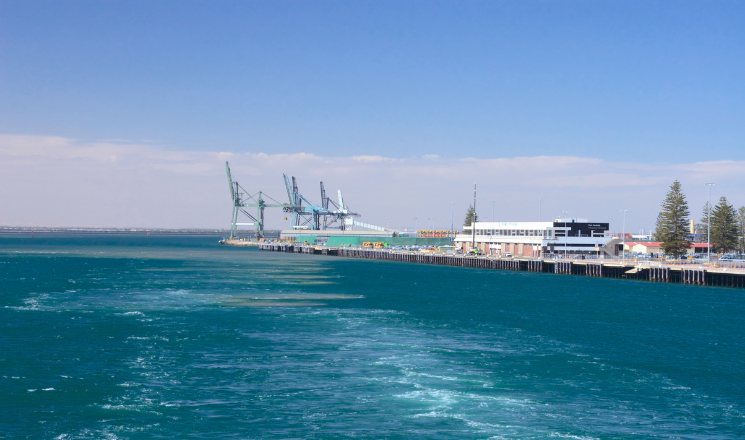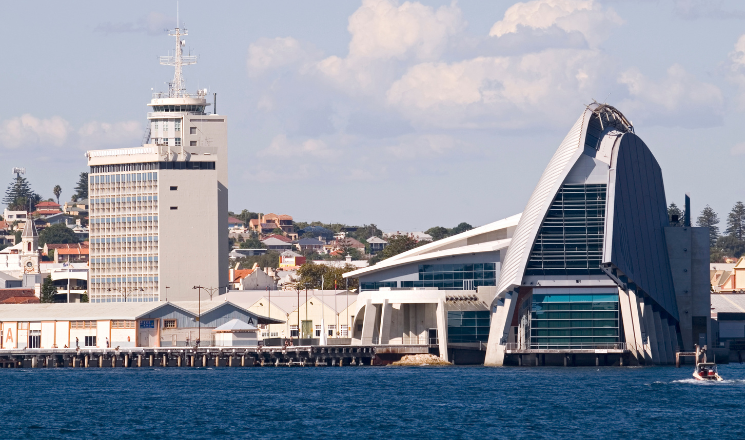Step into Port Adelaide, and it feels like time slows down. This old waterfront area once buzzed with sailors, traders, and dockworkers. Now, it’s a peaceful place where history is everywhere.
You’ll find cobblestone lanes, tall ships, and warehouses built with stone and stories. There’s a quiet pride here—a sense that what came before still matters. Locals love that about the port. And visitors quickly see why.
Let’s take a closer look at what makes Port Adelaide history so special.
Why Port Adelaide’s History Still Matters Today

This area started shaping South Australia in the 1830s. It became the main port, where people and cargo arrived from around the world. Over time, it grew into a hardworking town, full of life and culture.
The workers here built homes, raised families, and made the port their world. As a result, their stories live on in the old pubs, shipyards, and streets. The district has seen hard times, yet it has never lost its spirit.
Even today, walking through Port Adelaide is like flipping through a history book—only better, because you can touch it. Moreover, every street corner brings a new layer of the past into view. It’s not only about remembering—it’s about feeling connected.
Must-See Places to Step into the Past
If you want to experience Port Adelaide’s history firsthand, these spots are the perfect place to start.
1. South Australian Maritime Museum

Housed in a building from the 1850s, this South Australian Maritime Museum feels like a ship frozen in time. It tells the stories of sailors, shipwrecks, and sea life. You can explore real cabins, ring a ship bell, and see old photos and tools from long ago.
Outside, you’ll spot the iconic lighthouse. It once helped guide ships safely into the harbour. Today, it stands as a proud reminder of Port Adelaide’s seafaring roots.
2. Hart’s Mill: Where Industry Meets Art

Hart’s Mill once produced flour for the whole city. Now, it’s a place for markets, local events, and weekend strolls. The tall brick building stands strong, a symbol of Port Adelaide’s working past.
The area around it is full of color and life. Kids run through the play area, while locals sip coffee and enjoy the view. It’s living history—quiet, but full of meaning.
Where History Lives in Pubs and Paint
History isn’t only in museums. In Port Adelaide, you’ll find it in street corners, old pubs, and colorful murals that tell surprising stories.
3. Step into the British Hotel

This hotel opened in 1847. Step inside and you’ll feel it—wooden floors, warm lighting, and stories in every corner. The bar has served dockworkers, travelers, and even smugglers.
Locals still gather here. Some say they come for the drinks, but really, they stay for the feeling. It’s a cozy, honest slice of the past.
4. Street Art That Speaks of Time

As you walk through the district, you’ll spot murals on old buildings. They’re bold, bright, and full of character. In particular, many feature historic themes—ships, portraits, and moments from long ago.
Each mural adds a new layer to Port Adelaide history. They connect the past with the present, blending old tales with modern flair. In doing so, they turn the area into a living gallery that surprises at every turn.
Not only that, but these works often reflect local pride. Through art, history becomes more than facts—it becomes part of the landscape.
The Quiet Wonder of the Port River

You might not expect to see dolphins in a place filled with warehouses and cranes. However, here in Port Adelaide, you absolutely can.
The Port River is home to wild dolphins. You can join a boat tour or even kayak alongside them. As you explore, you’ll glide past shipwrecks, rusted docks, and quiet, crumbling wharves—silent echoes of the past.
Surprisingly, this industrial waterway is also rich in wildlife. In fact, it’s one of the few places in the world where dolphins live so close to a city port. While you take in the views, you’ll also get a fresh perspective on how nature and history blend in this remarkable place.
It’s peaceful. More importantly, the mix of natural beauty and old-world structures gives this area a rare kind of charm. Because of this, many visitors say the Port River is their favorite part of the district.
Events That Celebrate the Past

Locals love a good celebration, and many events in Port Adelaide are inspired by its history.
One of the biggest is The Port Festival. It blends music, art, food, and storytelling. You can join a walking tour, enjoy live performances, and even meet artists who bring old stories to life.
Other smaller events pop up throughout the year. Some focus on maritime history. Others explore art or community stories. All of them invite you to connect, reflect, and enjoy.
Don’t Miss These Hidden Treasures

There are a few places you won’t find in every guidebook—but they’re worth discovering.
- Fletcher’s Slip: A quiet spot by the river where ships were once built. Now, it’s peaceful and ideal for a reflective walk.
- Torrens Island Quarantine Station: Slightly eerie but fascinating. Learn about how early immigrants were kept safe from illness before entering the city.
- Wharf Shed 1: Once a busy shipping hub, now an open space used for pop-ups and art shows. You can still feel the energy of its past.
Each hidden gem adds to the story. Together, they help you experience Port Adelaide in a real and personal way.
Final Thoughts: Let History Wrap Around You
There’s something powerful about Port Adelaide. It’s not flashy. It’s not trying too hard. But it stays with you.
You walk the same streets as people did a hundred years ago. You feel the wind off the river, smell the salt, and hear the creak of old doors. And somehow, it all feels right.
This is a place where past and present meet gently. It welcomes you in, lets you slow down, and invites you to listen. Whether you’re into history, nature, or simply discovering something different—Port Adelaide has something special to offer.
So, take your time. Let the stories wash over you. And see why Port Adelaide history continues to inspire, surprise, and delight those who take the time to explore it.

